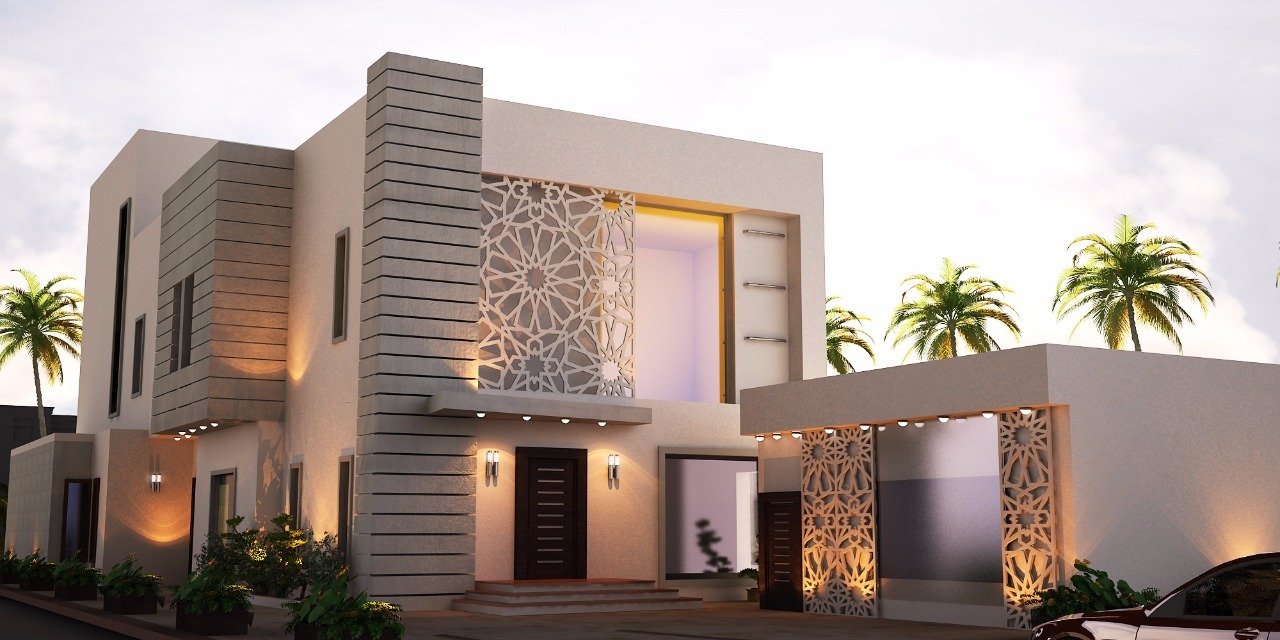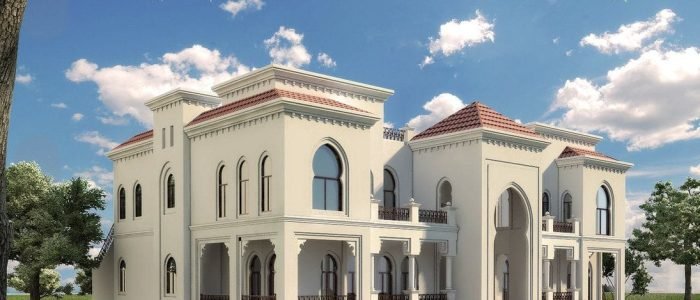
How to design your home to mitigate the effects of warm summer
As summer warms, the design of a home that remains cool and comfortable becomes increasingly important. Thoughtful design and strategic choices can significantly reduce the impact of summer heat, enhancing comfort and reducing dependence on air conditioning. Here are several ways to design a home that stays cool even during the hottest months.
Architectural design and orientation
– Optimal steering:
Guiding the home to take advantage of natural breezes and reduce exposure to direct sunlight can help keep it cool. Placing the majority of windows and openings northward or south, rather than east or west, can reduce heat gain.
– Cross ventilation:
The cross-ventilation design allows air to flow freely through the house, cooling the interior naturally. Placing windows and doors against each other can create effective air ducts that enhance ventilation.
Insulation and masonry materials
– High-quality insulation:
Proper insulation in walls, ceilings and floors can significantly reduce heat transfer, keeping the internal temperature stable. Insulated windows and doors also play a crucial role in maintaining a cool interior.
– Reflective materials:
The use of reflective roofing materials and light-colored exterior paints can reflect more sunlight, reducing heat absorption. Cold surfaces with reflective coatings can significantly lower ceiling temperatures.
– Thermal mass materials:
Materials such as brick, stone, and concrete have a high thermal mass, which means they absorb and store heat during the day and release it during the night, helping to stabilize internal temperatures.
Natural shading and landscaping
– Strategic Landscaping:
Planting trees and shrubs around the house can provide natural shade and cool the air through the evaporation process. Deciduous trees, whose leaves fall off in winter, can provide shade in summer and allow sunlight in winter.
– Green roofs and walls:
Green roofs and vertical gardens can act as natural insulators, reducing the thermal island effect and cooling the building’s envelope. They also provide aesthetic and environmental benefits.
Window processors and shading devices
– Outdoor Shading Devices:
Installing awnings, pergolas, or outdoor blinds can block out direct sunlight before they enter the house. Adjustable vents and shading screens allow to control the amount of sunlight and heat entering the house.
– Interior Window Treatments:
Using heavy curtains, blackout curtains, or reflective window films can help keep interiors cool by blocking and reflecting sunlight. Light-colored window treatments are more effective at reflecting heat.
Exquisite interior design
– Light colors and reflective surfaces:
Light-colored walls, ceilings, and floors can help reflect heat and light, keeping the interior cool. Glossy and reflective surfaces can also enhance this effect.
– Attics and ventilated ceiling wipers:
Ensuring that the attic and roof spaces are well ventilated can prevent heat build-up. Installing vents or a fan in the attic can help expel hot air, reducing the temperature inside the house.
Advanced technologies
– Smart Home Systems:
Incorporating smart home technologies such as programmable thermostats, motorized blinds, and ventilation systems can improve cooling efficiency. These systems can adjust settings based on time of day and function, maintaining comfort while saving energy.
– Energy-efficient devices:
Using energy-efficient lighting and appliances generates less heat compared to conventional options, reducing the overall cooling load.
The design of a house to mitigate the effects of a warm summer involves a combination of strategic planning and thoughtful use of advanced materials and technologies. By improving direction, enhancing insulation, using natural shading, and integrating smart home systems, you can create a comfortable and energy-efficient living environment. These strategies not only improve comfort, but also contribute to sustainability by reducing reliance on artificial cooling systems.


